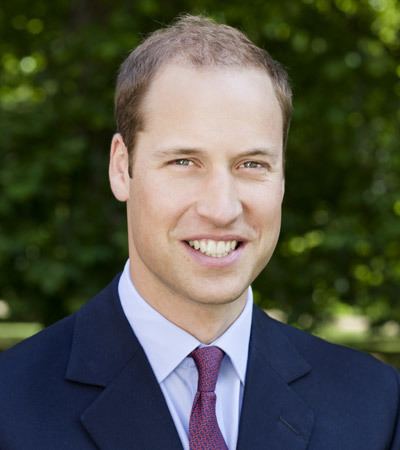Creation date 29 April 2011 | ||
 | ||
First holder James Stuart, Duke of Cambridge | ||
Prince william the duke of cambridge
Duke of Cambridge, one several royal dukedoms in the United Kingdom, is a hereditary title of specific rank of nobility in the British Royal Family. The title (named after the city of Cambridge in England) is hereditary among male agnatic descendants of the titleholder by primogeniture, and has been conferred upon members of the British royal family several times. The wife of the titleholder is called Duchess of Cambridge.
Contents
- Prince william the duke of cambridge
- History
- Line of succession
- Marquesses of Cambridge 19171981
- References
The title goes back to the 17th century, and superseded an earlier title of Earl of Cambridge. The title became extinct several times, before being revived after a hiatus of over a hundred years in 2011, when it was bestowed upon Prince William on 29 April 2011 upon his marriage on the same day to Catherine Middleton.
History
The title was first granted to Charles Stuart (1660–1661), the first son of James, Duke of York (later James II of England), though he was never formally created Duke of Cambridge because he had died at the age of six months. The first officially recognised creation of the dukedom was in the Peerage of England in 1664, when James Stuart, second son of the Duke of York, was granted the title, but he died early in 1667 at the age of three, and the title again became extinct. The title was then granted later that year to the third son of the Duke of York, Edgar Stuart, but he then died in 1671 at the age of three, and the title again became extinct. The Duke of York's eldest son by his second wife, Charles Stuart, was also styled Duke of Cambridge in 1677, but died when about a month old, not having lived long enough to be formally created duke.
The title was recreated in 1706 and granted to George Augustus, son of George Louis, Hereditary Prince of Hanover and Duke of Brunswick-Lüneburg (who would in 1714 become King George I). When George Augustus ascended to the throne as King George II in 1727, the dukedom merged with the crown.
The title was again recreated and given, in the Peerage of the United Kingdom, to Prince Adolphus, the seventh son of George III. The title was inherited in 1850 by his only son, Prince George, 2nd Duke of Cambridge, but upon his death in 1904, without a legitimate heir, the title again became extinct.
The grandson (though a female line) of the first Duke of the fourth creation, Adolphus, Duke of Teck, who was the brother of Mary of Teck, George V's wife, was created Marquess of Cambridge (including Earl of Eltham, and Viscount Northallerton) in 1917 when he gave up his German titles and took the surname "Cambridge". Upon the death of the second Marquess without any male heirs, the marquessate became extinct.
During the period leading up to the 1999 wedding of The Prince Edward, the youngest son of Queen Elizabeth II, experts speculated that the dukedom of Cambridge or Sussex were the most likely to be granted to him, and The Sunday Telegraph later reported that Prince Edward was at one point set to be titled Duke of Cambridge. Instead, Prince Edward was created Earl of Wessex, and it was announced that he would eventually be created the next Duke of Edinburgh after his father.
On 29 April 2011, the day of his wedding, it was announced that Prince William was to be created Duke of Cambridge, Earl of Strathearn and Baron Carrickfergus. The letters patent granting these titles received the great seal on 26 May 2011.
Line of succession
The heir apparent to the extant dukedom and the subsidiary titles is the son of Prince William, Prince George of Cambridge (born 2013). Should Prince William become king, the title will again merge with the Crown.
